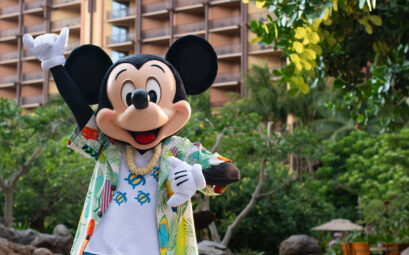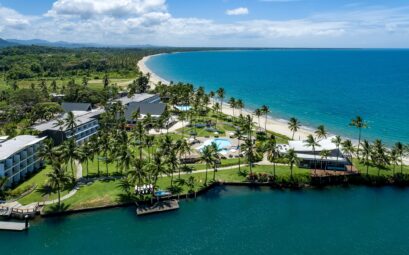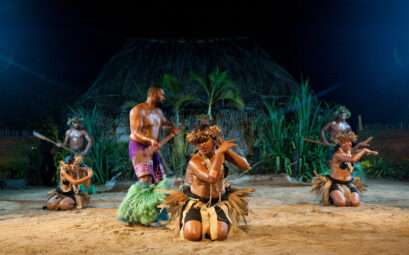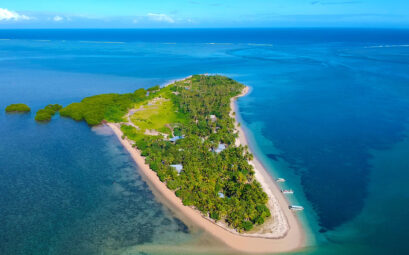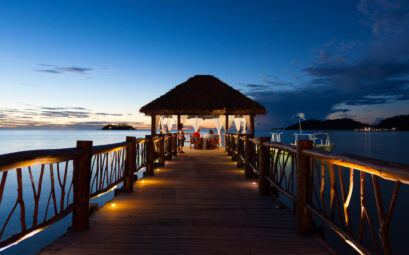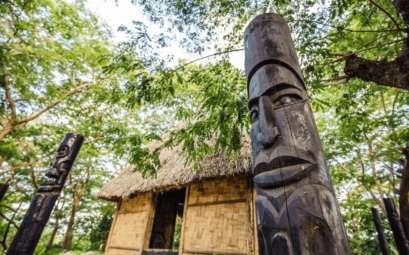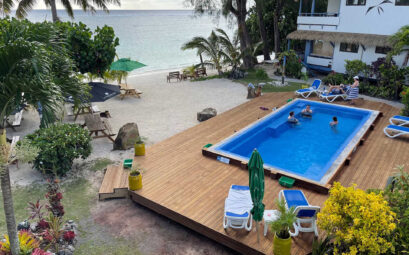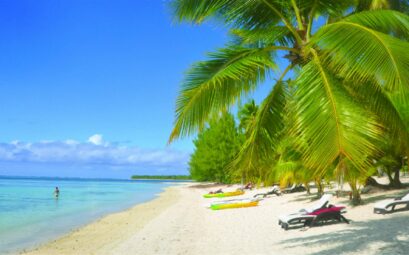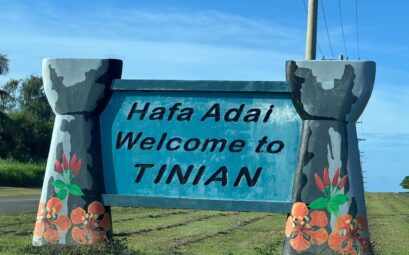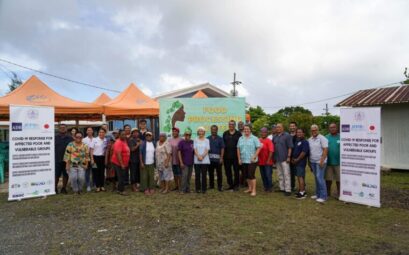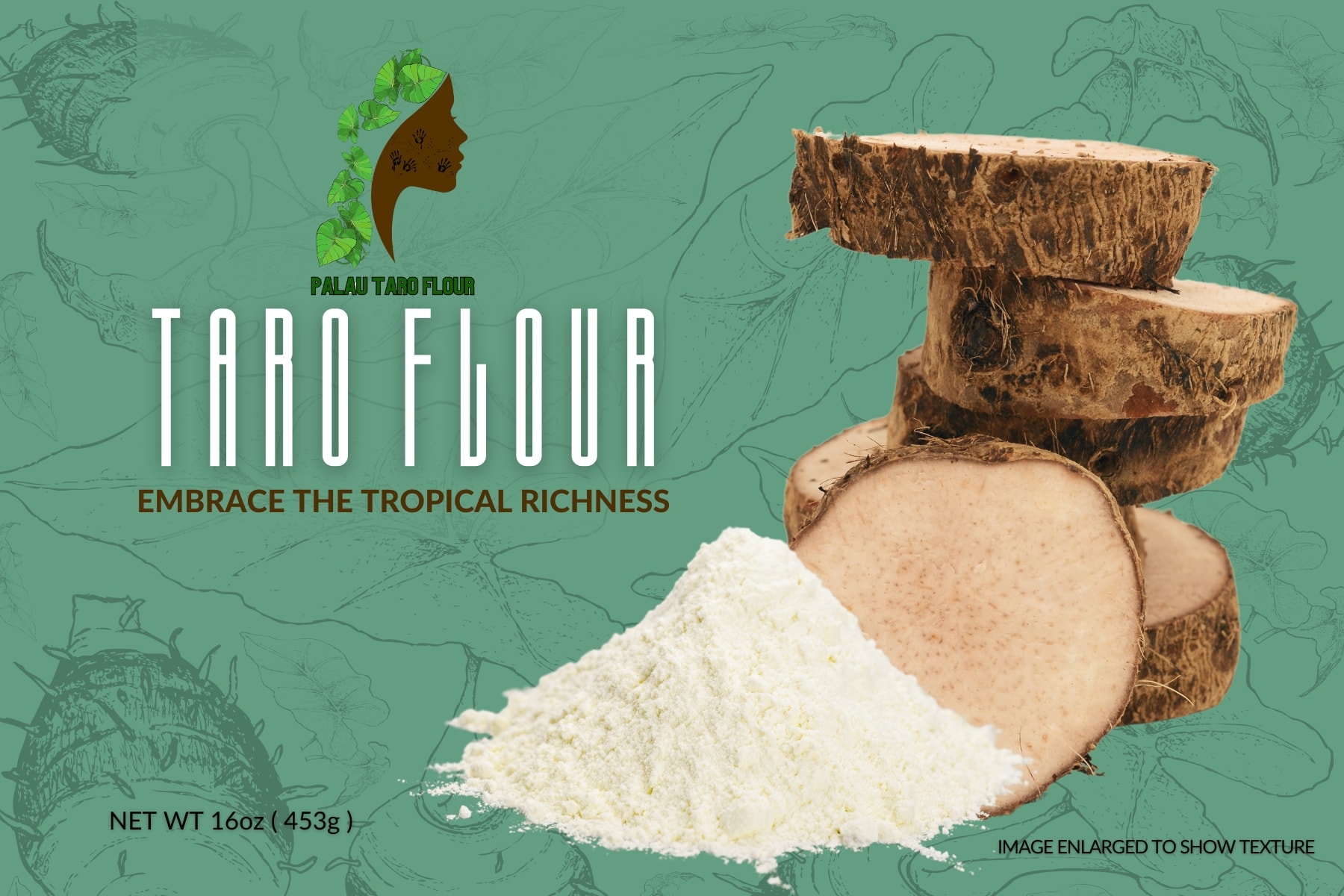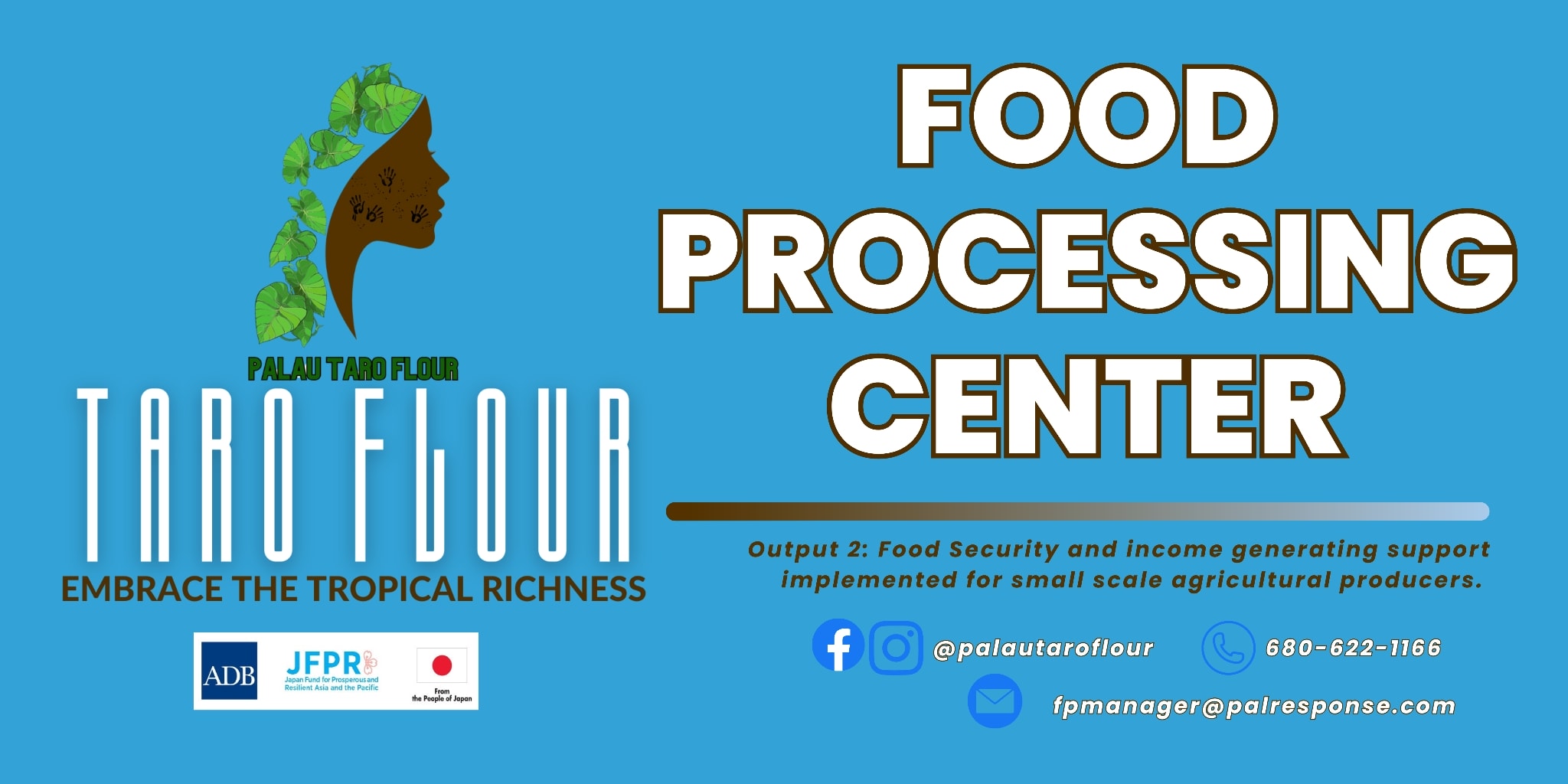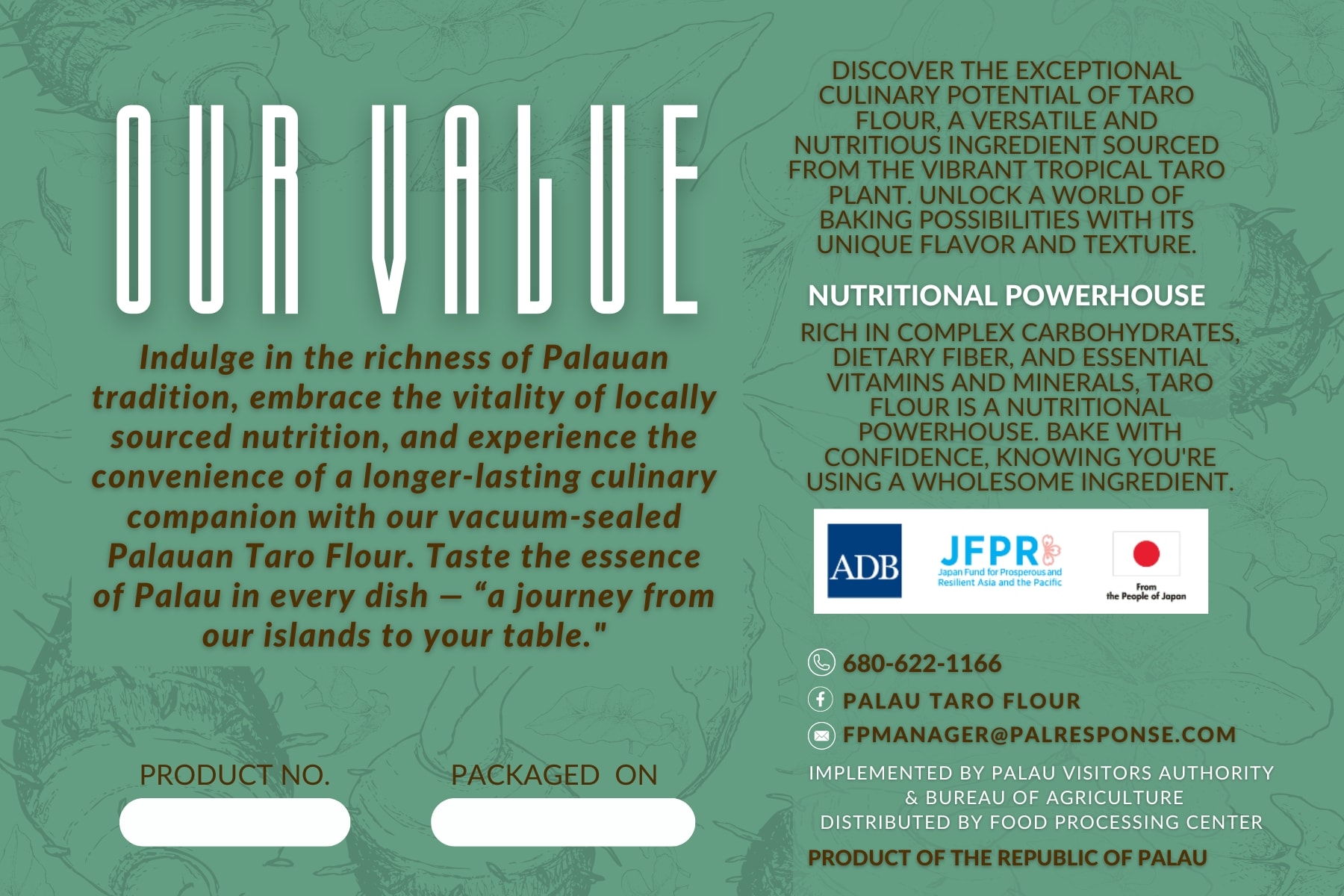Aulani, A Disney Resort & Spa
Discover a family paradise with a touch of magic at Aulani, A Disney Resort & Spa.
Perfectly positioned on the beautiful beaches of the leeward coast of Oʻahu, this award-winning resort sits on 21 oceanfront acres, nestled between lush mountains and serene ocean waters.
Aulani Resort is part of the Ko Olina Resort Community & Marina, which features spectacular beaches and serene lagoons, a championship golf course, shopping and dining venues, water sports, and sports fishing.
ARRAY OF EXPERIENCES
Walt Disney Imagineers worked with local artisans and cultural experts to create Aulani, A Disney Resort & Spa, and there’s something for everyone to enjoy. Imaginatively designed to embrace time-honored traditions, Aulani Resort offers an array of Hawaiian-inspired experiences.
Contemporary Hawaiian art and design elements can be found throughout the Resort, along with world-class entertainment, including fireside storytelling, movie nights under the stars, visits from Disney Characters, and Disney Character Breakfasts.
There are also Hawaiian activities and crafts, including hula and lei-making classes, as well as island excursions and experiences, from surf lessons to hiking. Aulani Resort offers 351 hotel rooms, including 16 suites, and 481 Disney Vacation Club villas, including 19 Grand Villas. Disney Vacation Club Members and their families enjoy the comforts of home while staying in the heart of paradise.
Beyond Aulani Resort’s incredible pools and waterslides, Aunty’s Beach House offers complimentary kid-friendly activities. Family and children’s activities are also available at the Pau Hana Room – Community Hall.
Resort amenities include three restaurants, three bars and lounges, and several quick-service dining venues. For the more active adults, there’s a fitness center, while for relaxation and rejuvenation, Laniwai – A Disney Spa offers a choice of amazing treatments.
MAGIC WITH TECHNOLOGY
Make the most of the magic with the Aulani Resort Mobile App to plan your day, stay connected, and explore all the magic that’s happening during your visit. Through the app, you can manage your Aulani Resort reservation details, begin the check-in process in advance, search for fun and interactive activities on the “Daily ‘Iwa,” as well as find local places of interest.
Inspired by the natural wonders and rich traditions of Hawai‘i, Aulani, A Disney Resort & Spa is the ultimate family getaway—celebrating the beauty, history, and welcoming spirit of the island.
KA WA‘A – A LU‘AU
Experience an exhilarating and enchanting journey through Hawaiian history in the acclaimed KA WA‘A – A Lū‘au.
The festivities start with delightful pre-show activities, including traditional arts such as flower arranging and taro pounding.
You’ll then be treated to an amazing buffet of authentic island fare, such as salt-crusted prime rib, fresh local seafood and produce, and decadent desserts.
Then you’ll be treated to a breathtaking performance that brings the legends and lore of ancient Hawai’i to life through song, dance and storytelling – an incredible evening of family entertainment that only Disney can offer.
LANIWAI – A DISNEY SPA
Luxuriate in paradise as you soothe and rejuvenate your mind, body and spirit at Laniwai – Aulani Resort’s full-service spa, salon and fitness center.
Experience deep relaxation through age-old massage treatments that melt the stress away and revive your soul – treatments such as lomilomi, a soothing Hawaiian massage that can be combined with tropical exfoliation, massage creams and warm river stones to relieve tension, pain and fatigue while leaving your skin smooth, hydrated and reinvigorated.
Laniwai also provides a full slate of salon services, including nail and hair experiences that will keep you looking your best during a tranquil getaway.
You can also stay fit in style with classes right on the beach including sunrise yoga, beach bootcamp, strength training, aqua exercises and more.
The Mikimiki Fitness Center also offers a 2,000-square-foot, state-of-the-art health club, where you can treat yourself to a variety of fitness options that will keep your vacation wellness plans on track.
AUNTY’S BEACH HOUSE
Aulani Resort’s interactive kids club for ages 4-12, Aunty’s Beach House incorporates Disney fun and the stories of Hawaii to engage and immerse kids as they explore the culture, art and music of the islands. A lifelong resident of O’ahu, Aunty is considered by locals to be a true expert on Hawaiian history and cultural traditions.
She’s so beloved around Aulani, in fact, that everyone knows her simply as “Aunty.” Younger guests are welcomed to her beach house as members of her extended ‘ohana, or family.

